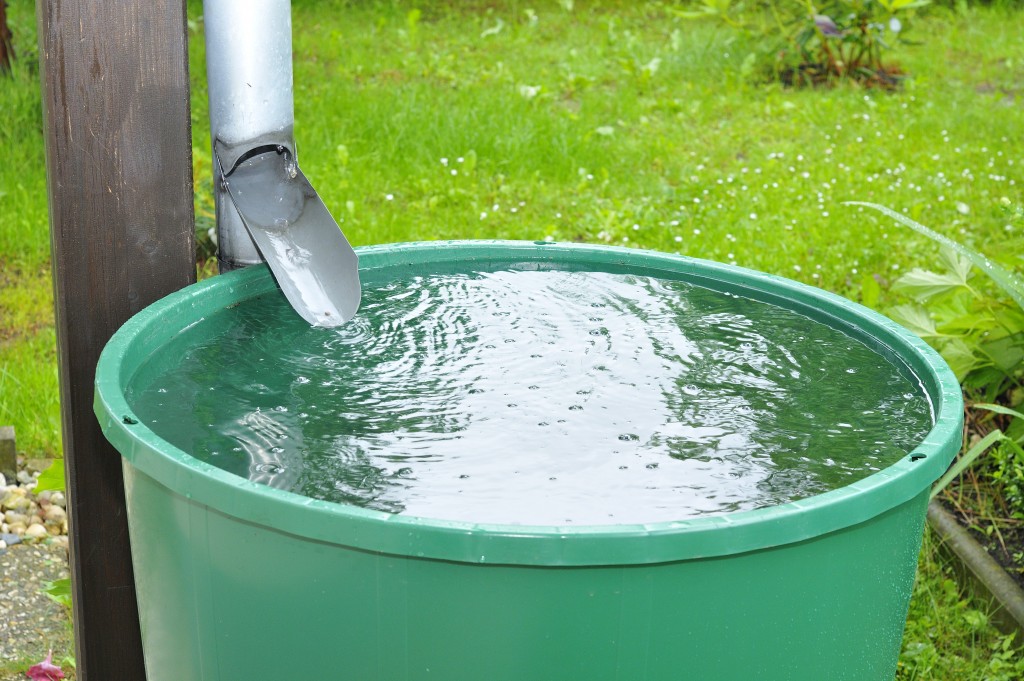You might not be aware of it, but there’s a looming water shortage in the U.S. Although it might be several years before we truly feel its impact, now is as good a time as any to cut down on wasting water and finding more water sources. An excellent way to mitigate a future water shortage is to harvest rainwater and store it for irrigating your garden, doing your laundry, and flushing toilets.
Install a Rainwater Garden
You can put up a rain garden in your property, and while this could be a DIY project, it’s probably better to hire a contractor that can help you with this type of landscape installation. A rain garden is designed to collect stormwater runoff from your roof, driveway, or other non-porous surfaces. This type of garden harvests the water that would otherwise be wasted and left to flow straight into a storm drain or local waterway. The rainwater garden should be planted with wildflowers and native grasses that can filter and gradually absorb rainwater.
Put Up Mulch Basins
Mulch basins are shallow trenches with raised walls and filled with wood chips. Rainwater or even graywater (water used in dishwashing or laundry) is directed to these basins with pipes, hoses, or earthworks. The water remains held in place in the basin until it sinks into the ground. The wood chips are used to prevent the water from getting an unpleasant smell, and to prevent it from becoming a mosquito breeding area as the ground slowly absorbs it. Mulch basins are excellent “plant boxes” or spots to plant trees in due to deep and gradual watering it provides. You can place mulch basins on slightly sloped land and channel the overflow from one basin to another.
Install Earthworks
Earthworks involve shaping the soil to catch and direct rainfall to the ground. To build this, all you need are a shovel, a keen eye, and a lot of elbow grease. The objective is to directing water from roofs, driveways, sidewalks, hillsides, and other impervious or semi-porous surfaces by digging and shaping the soil into a channel leading to your plants’ roots. Observe where water pools and how you can dig trenches and build low walls of earth to direct the water to your plants.
Place Rain Barrels and Cisterns
If there’s more rainwater than your earthworks can take or you need a rainwater harvesting system that can bridge the gap between wet seasons, an excellent method to use is installing rain barrels that collect and store rainwater. It can be a “smart system” that has fittings like a garden hose to allow watering for houseplants, washing the car or cleaning household items when needed. These can be connected right to your home’s gutters to collect runoff from your roof instantly. You can make rainwater barrels yourself with 55-gallon drums of simply buy them from the store.
Harvesting rainwater is an excellent way to ensure your garden has a source of water if you live in a place that can be hit by drought. Stored rainwater can also give you a source of water for cleaning, washing, or even flushing toilets, so you don’t tap into your supply of drinking water. Use these rainwater harvesting methods, and you can ease the blow of droughts and ensure you have enough water to drink.

